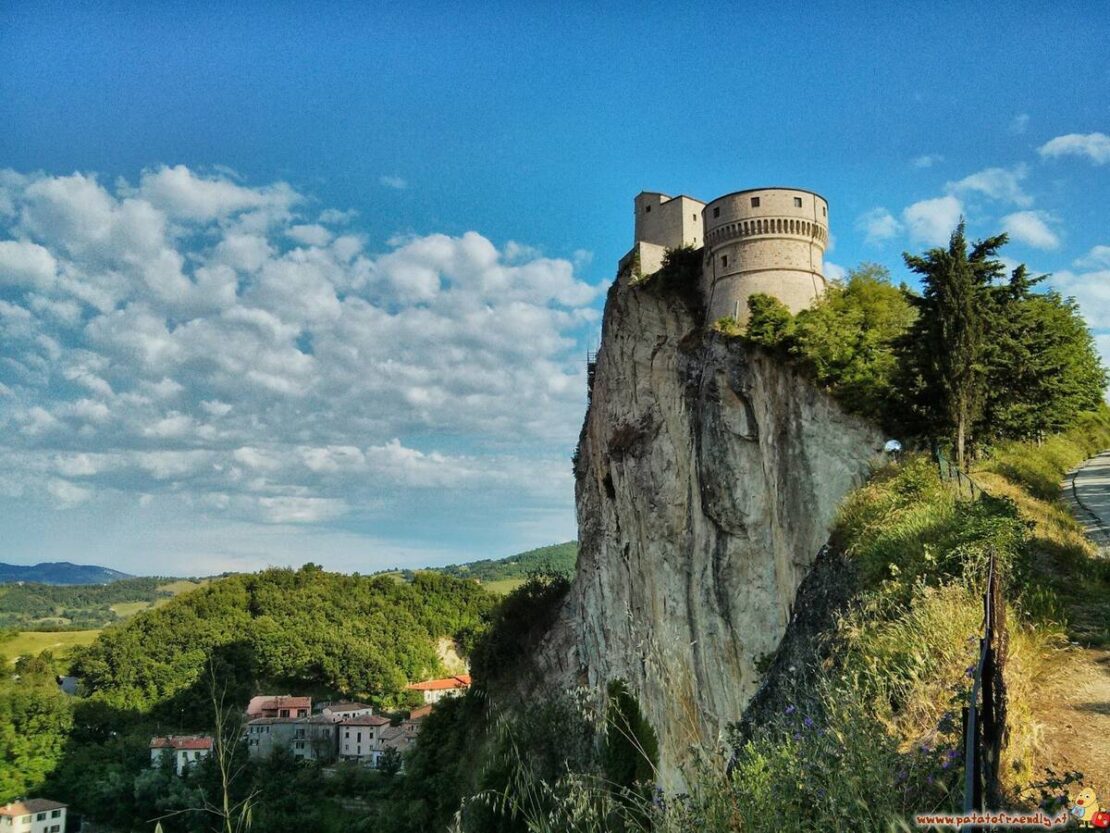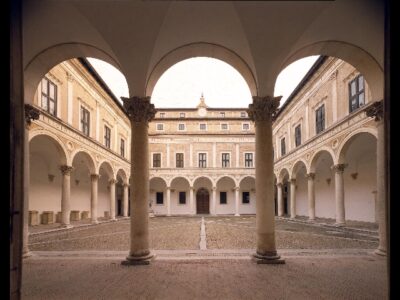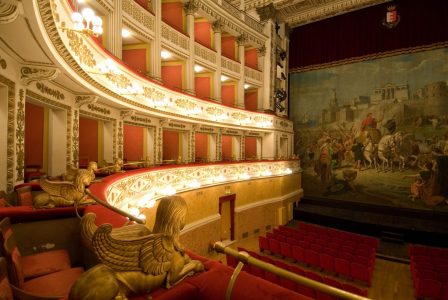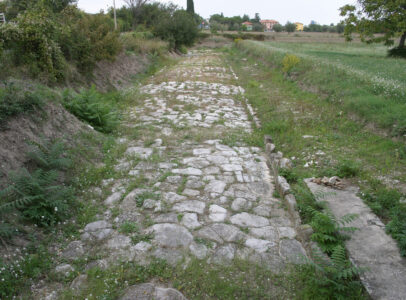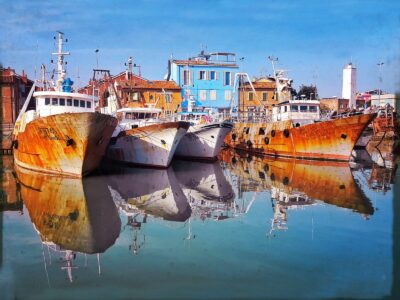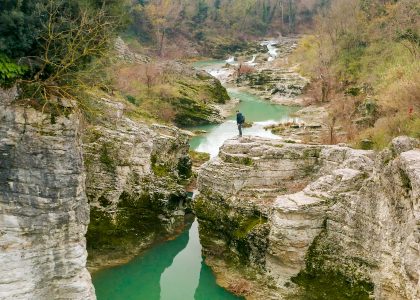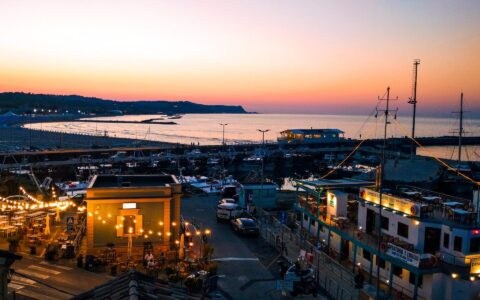Fortresses and Castles
Centuries of history in the fortresses and castles, keepers of the valleys: places that can tell about the past.
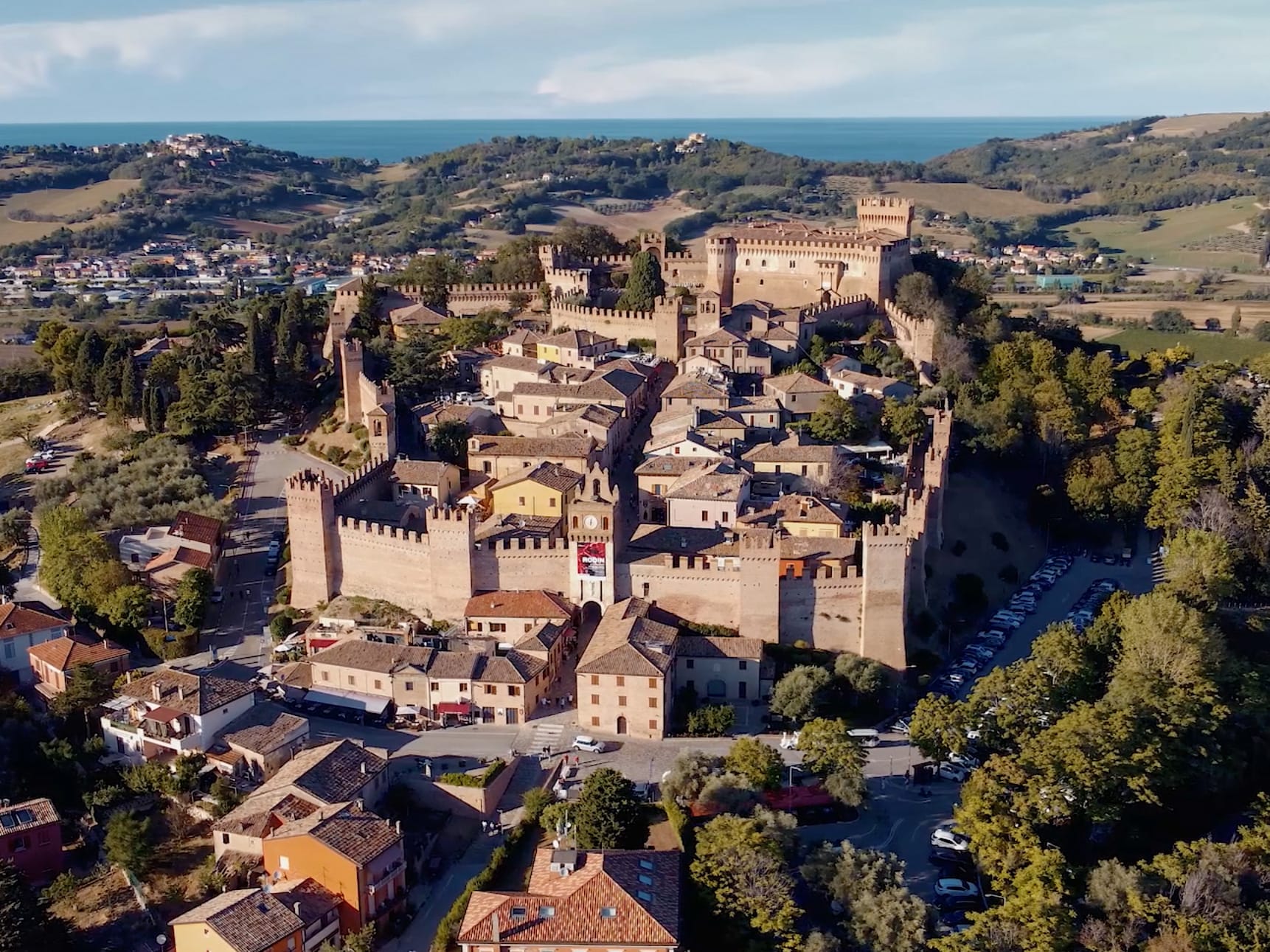
Malatestian Fortress
Fano itself offers an initial opportunity to visit an old fortress: the 15th-century Rocca Malatesta is, in fact, splendid evidence of the rule of the Malatesta family. A strategic outpost to defend the coast and a beacon to guide the sailors’ course. The Rocca hosted Giuseppe Garibaldi’s stopover in 1848 during his march from Romagna to Rome.
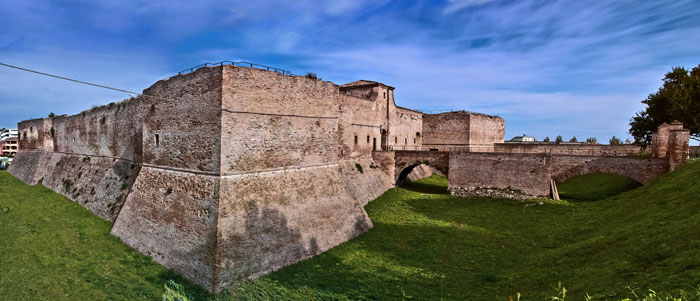
Information and opening hours
| Day | Morning | Afternoon/Evening |
| Monday | CLOSED | CLOSED |
| Tuesday | 9.00 – 12 | 15 – 24 |
| Wednesday | 9.00 – 12 | 15 – 24 |
| Thursday | 9.00 – 12 | 15 – 24 |
| Friday | 9.00 – 12 | 15 – 24 |
| Saturday | 18 – 24 | |
| Sundays and Holidays | 18 – 24 |
Rocca di Mondavio
In Mondavio, the ancient Mons Avium the superb Rocca Roveresca fortress dominates visitors’ attention. In the fortress take place major historical reenactments that culminate in the Renaissance banquet and wild boar hunt offered each year in mid-August.
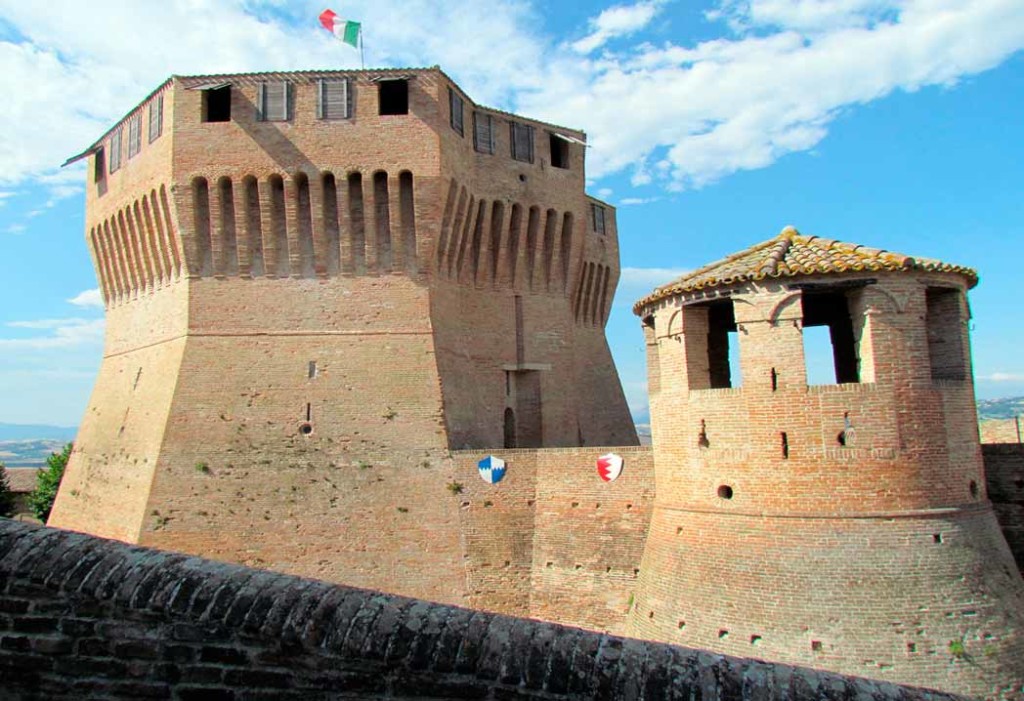
Rocca Costanza, Pesaro
Pesaro is also a destination on our itinerary: Rocca Costanza, grafted into the east side of the city walls, has stood since 1474 when Luciano Laurana carried out its design.
Not far from Pesaro, we point out Ginestreto Castle, built in the 10th century, and set in a beautiful natural setting illuminated by the yellow of the brooms and surrounded by largely unspoiled countryside
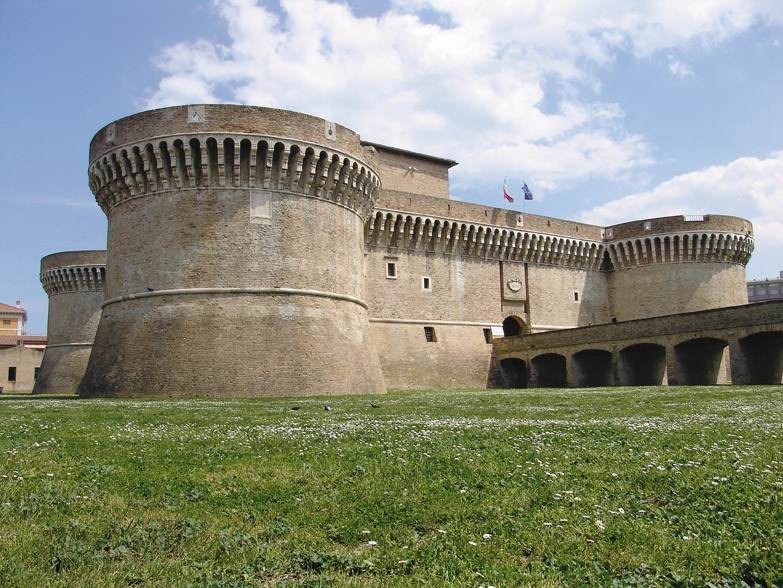
Fortress of Gradara
The fortress of Gradara was built between the 11th and 15th centuries and became the scene of the perennial struggle between the Malatesta and Montefeltro families, later coming under the rule of the Sforza family.
However, it was not the diatribes between noble families that gave fame to the Rocca and made it a richly evocative place as much as the supreme poet Dante Alighieri. In the Fifth Canto of the Inferno, the Divine Comedy recounts the passionate and tragic love story involving Paolo and Francesca, who became the symbolic couple of lovers of every age.
It is said that their turbulent affair had as its setting the very Fortress of Gradara, and the lovers’ room housed inside the fortress still suggests the atmosphere of a passionate and tragic evolution of feelings.
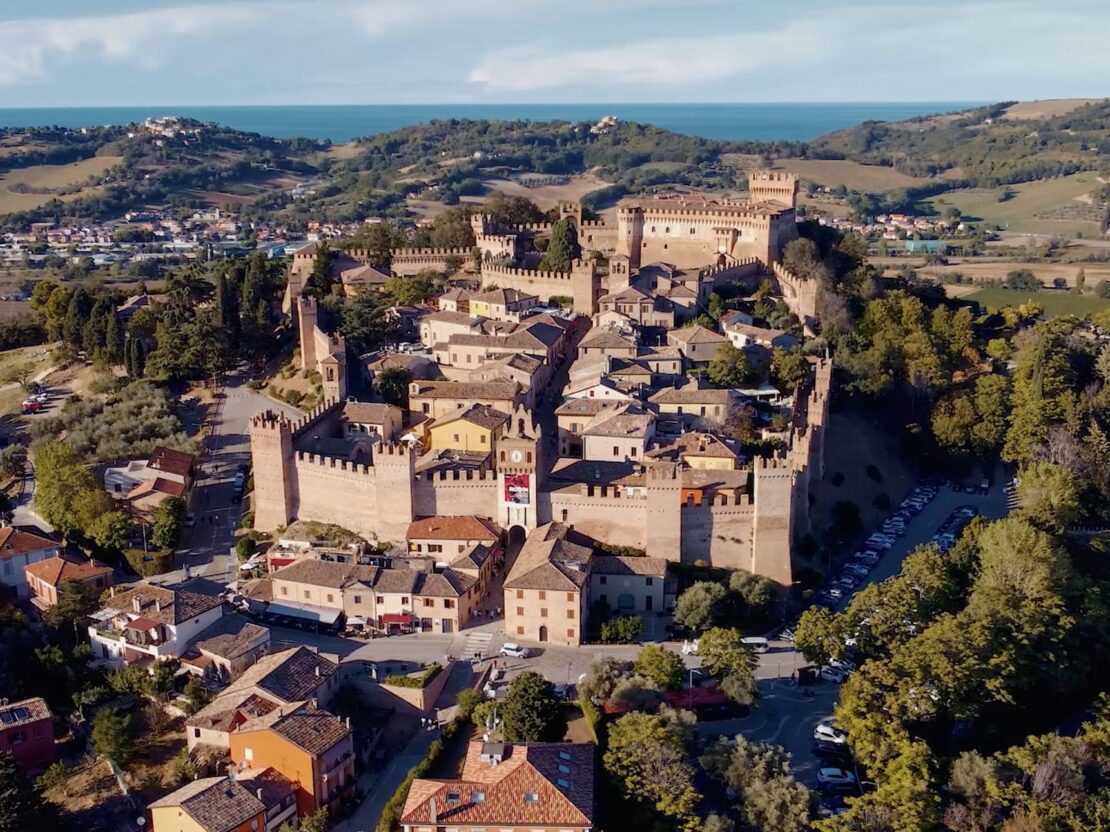
Fortress of San Leo
The fortress of San Leo was built in medieval times, and here-the last capital of Italy in the first millennium-the Holy Roman Empire was born. In the 15th century the fortress was expanded by the Sienese architect Francesco di Giorgio Martini at the behest of Federico II da Montefeltro.
The impregnable fortress holds the memories associated with the last days of the life of the famous Giuseppe Balsamo, better known as Count Cagliostro. A character on the borderline between history and legend; alchemist, physician, magician and Freemason, Cagliostro was branded a fraud by the Papal Government, which condemned him to the ultimate penalty: death. It did little good to have the sentence commuted to life imprisonment: the prison of choice – the Fortress of San Leo precisely – proved to be a place of slow agony. First locked up in the so-called Treasure Room, and then transferred to the “well,” Cagliostro died after four years, refusing the sacraments.
